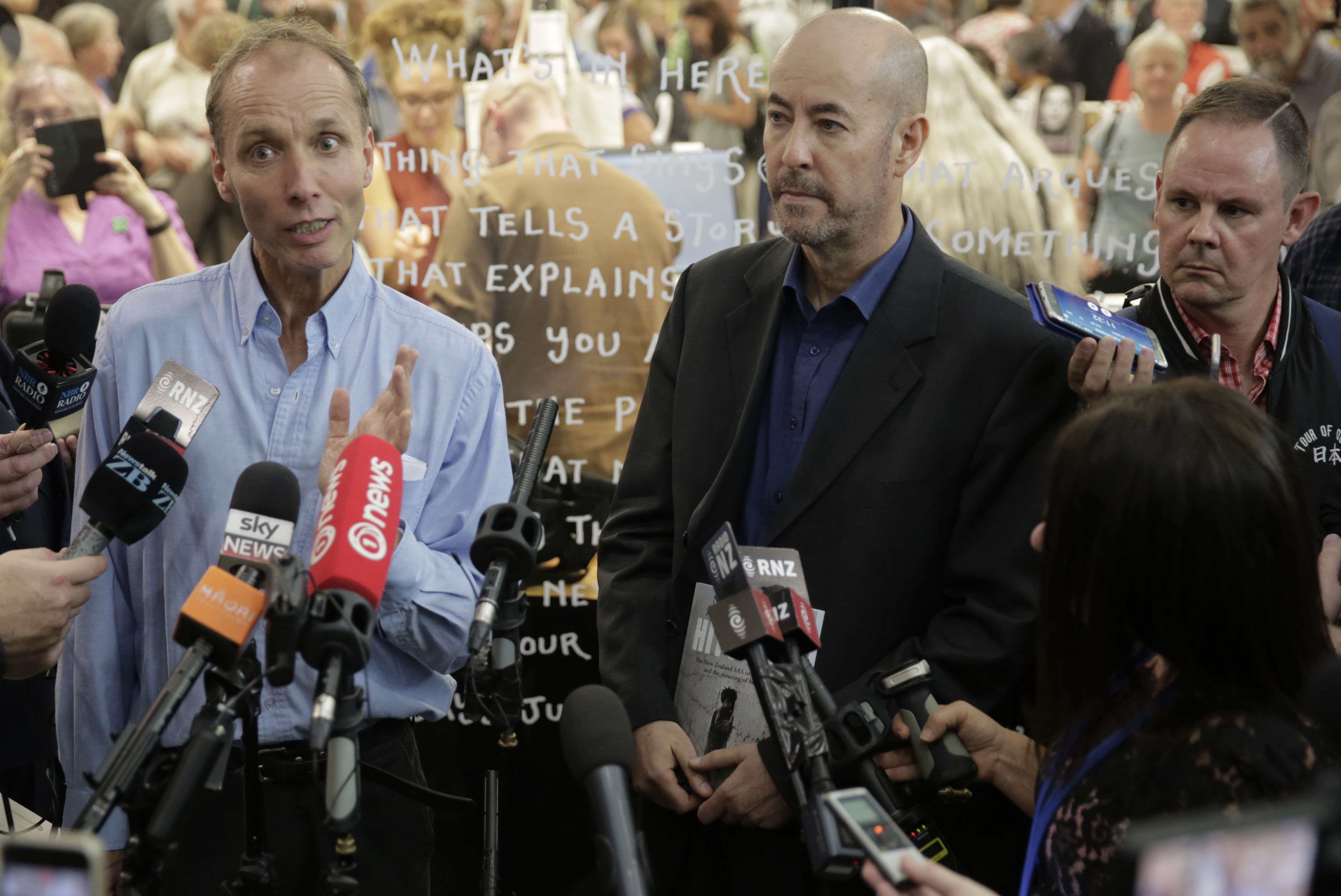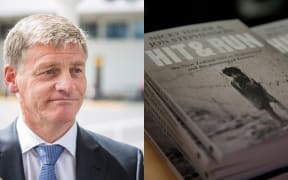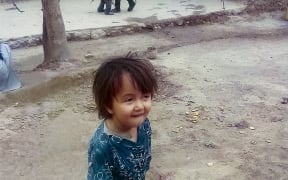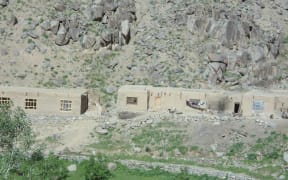It is impossible the New Zealand Defence Force (NZDF) carried out a simultaneous raid on a separate Afghan village the night that civilians in two nearby villages were killed, the authors of Hit & Run say.
Chief of Defence Force Lieutenant-General Tim Keating said today that civilians might have been killed in an SAS-led raid on a village but soldiers did not breach international law.
The book Hit & Run, by Nicky Hager and Jon Stephenson, claims six civilians died and 15 were wounded in raids involving American helicopter gunships, Afghan forces and New Zealand soldiers.
General Keating held a news conference this afternoon to answer questions about the allegations, for the first time since the story broke last week.
In a statement last night, the Defence Force said the premise of the book was incorrect, and New Zealand troops never operated in the two villages named in the book - Khak Khuday Dad and Naik.
General Keating said Operation Burnham was carried out 2km away, and focused on another village called Tirgiran, in significantly different terrain.
He said the SAS acted within the rules of engagement at all times during the operation.
Hit & Run co-author Jon Stephenson told Checkpoint with John Campbell both the Defence Force and the International Security Assistance Force (ISAF) agreed there was only one raid that night.
"It's virtually impossible that there were two identical operations in the same area."
He stuck to the book's claim that the single raid that occurred was carried out in Khak Khuday Dad and Naik.
"Lots of things were found [in the two villages] that are consistent with our story, including cannon rounds from Apache helicopters," Mr Stephenson said.
"We know that the Chinooks left big indentations in the wheat fields that were seen and measured by the villagers."
General Keating said a separate raid by other coalition forces would "certainly" not have occurred on the same night - 22 August - because New Zealand forces would have heard it, he said.
But he was insistent that the one raid that did occur was in Tirgiran, saying the location was "geo-referenced" in video footage.
He did not offer any explanation of who could have raided Khak Khuday Dad and Naik and killed the people named in Hit & Run.
The Defence Force did not know the names of the nine insurgents he said were killed in the operation in Tirgiran.
The book's other co-author, Nicky Hager, said General Keating's claims were a bluff by the Defence Force, which Mr Hager said was doing everything it could to avoid a formal inquiry.

Nicky Hager, left, and Jon Stephenson at the book's release last week. Photo: RNZ / Hans Weston
"If Tim Keating is confident that they have done nothing wrong, they should have a full inquiry."
Releasing the camera footage would not be enough in itself, he said.
"Releasing selective information is not the way you get to the bottom of a story ... and they should be welcoming this if they think they've got nothing to hide.
"But I believe they are desperately trying to avoid it [an inquiry] because they know the book is true."
Human rights lawyer Deborah Manning, who is representing the villagers of Naik and Khak Khuday Dad, said there was no question the people who came under attack were from those villages.
"They know where they were, that they were in their homes in their villages, and they are also clear there were no other neighbouring villages in Tirgiran area [that were] attacked in the night."
Civilian deaths 'may have occurred'
In response to questions, General Keating said the ISAF report into Operation Burnham concluded there might have been some civilian deaths, after rounds fired by an American Apache helicopter fell short, hitting a building where civilians could have been.
"The official line is that civilian casualties may have occurred, but [were] not corroborated," he said.
The helicopter was instructed to stop using the malfunctioning gun as soon as the "mishap" was noted, General Keating said.
The SAS only fired two shots, and those two shots, fired by snipers, killed a Taliban insurgent.
In total, nine identified insurgents were killed by coalition forces, he said.
He was asked how he could be sure it was insurgents who were killed - not villagers or civilians.
"Because under the rules of engagement [they] were engaged as meeting the criteria of insurgents that threatened the operation, and we have camera footage."
He said that footage was classified but provided "irrefutable evidence" that it was insurgents who were being engaged.
"I've seen it," he said.
Targets were only fired on after they were positively identified as "a direct participant in the hostilities", General Keating said.
'Revenge was never a driver'
Operation Burnham followed the death of New Zealand soldier Lieutenant Tim O'Donnell but "revenge was never a driver", he said.
He stood by the conduct of the SAS during the operation, saying it was "exemplary" in all respects.
The raid plan was reviewed by a legal officer deployed with the SAS, who was also present when it was carried out, General Keating said.
Contrary to the book's claims, the SAS "went to great lengths to protect all civilians on the ground", he said.
"Part of this included a procedure known as 'call-out'. Before entering the village the [coalition] announced their presence with loudhailers."
General Keating said he would have no issue with an inquiry into Operation Burnham but the ISAF report had concluded there was nothing more to investigate.
"Every inquiry has to be underpinned by some sort of legal basis ... It would be a little bit of a challenge to compel people to give evidence."
The Defence Force had not covered up its actions, he said.
"It's not in our interest to push stuff under the carpet."
He said the Defence Force had seen a summary of the ISAF report, but not the full document.
"I've requested it, however I'd be surprised if there's anything else in there outside of the executive summary."
General Keating said, to the best of his knowledge, investigators for that joint report did not go to the village itself, as noted in a United Nations report (PDF, 525KB).
"Because the complaint was made, the Governor [of Baghlan] was leading it on behalf of the villagers, the Governor appears to have been satisfied once he reviewed the material provided by ISAF that there was no further case to answer."









